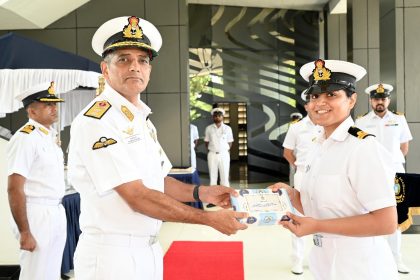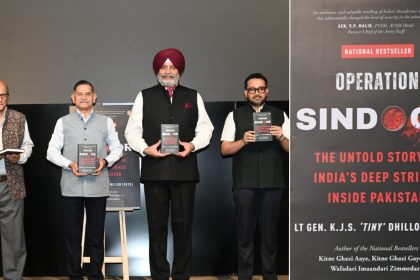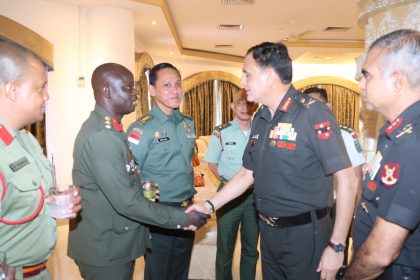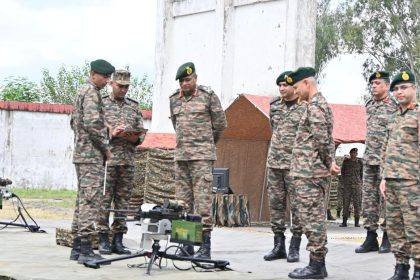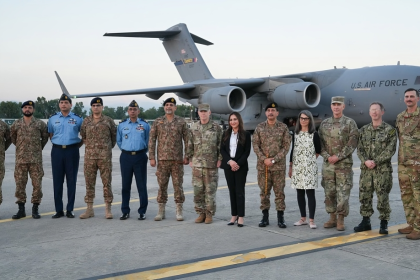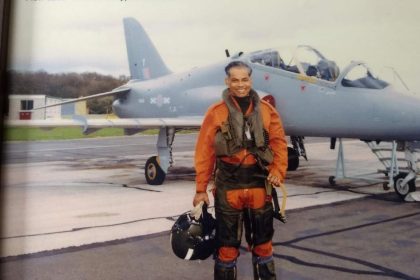Indian Naval Academy Concludes SNOC Training for Medical Officers
Twelve officers, including women, complete six-week orientation to combine medical expertise with naval leadership at INA Ezhimala.
Army Chief Unveils Operation SINDOOR: The Untold Story of India’s Deep Strikes Inside Pakistan
Army Chief launches Lt Gen KJS Dhillon’s book revealing inside account of India’s bold four-day cross-border strikes in May 2025.
Lt Gen Dhiraj Seth Conducts Annual Administrative Inspection at College of Defence Management
Southern Army Commander reviews training, infrastructure, and curriculum integration at CDM Secunderabad.
Lt Gen Anindya Sengupta Reviews Homegrown Technologies at Golden Key Division
Indian Army Showcases Soldier-Led Innovations at Lucknow.
US Air Force C-17 Brings First Flood Relief Supplies to Pakistan at Nur Khan Air Base
First of six planned US relief flights lands in Rawalpindi with food, medical aid and shelter supplies.
Air Marshal Philip Rajkumar (Retd) Remembers 60 Years of the Sargodha Strike
Veteran IAF officer recalls the legendary 1965 Sargodha strike and his role in shaping India’s Tejas fighter programme.

